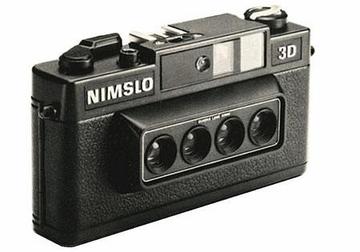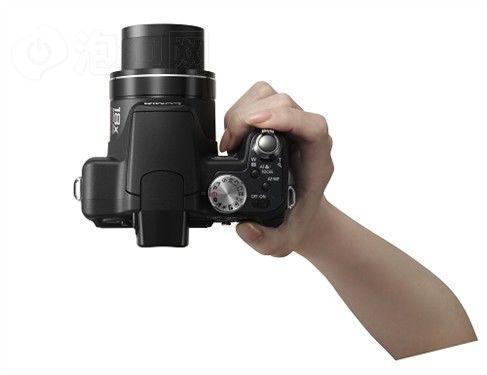Well, you know, when we talk about cameras, it ain’t just about how shiny or big the camera is. Nope, it’s all about that little thing inside called a camera sensor. Now, don’t go thinking it’s some fancy gizmo. At the heart of it, a camera sensor is like a tiny, smart worker that catches light and turns it into an image. I’m tellin’ ya, without it, you ain’t gonna get no pictures at all!

So, what is this thing really? A camera sensor, in simple terms, is a solid piece of tech that grabs light. It does this through what we call ‘light-sensitive pixels.’ These pixels catch light particles, or photons, and turn ’em into electrical signals. Then, a computer chip takes these signals and puts them together to make a photo. Simple as that!
Now, there are different kinds of sensors out there. The most common one you’ll come across is the CMOS sensor. You find these in just about all smartphones these days. Why? Well, it’s cheap to make and still does a pretty good job. Don’t get me wrong, it’s not perfect, but for most folks, it’s good enough. The CMOS sensor uses something called ‘amplifiers’ inside each pixel. That’s how it works, amplifying the light that comes in so it can turn it into a proper image. But, hold on, that’s not all—it also means you might get a bit of noise in the picture. Ain’t no such thing as perfect, right?
On the other hand, there’s the CCD sensor. That one’s a bit different. Unlike the CMOS sensor, it doesn’t have an amplifier in each pixel. Instead, it processes the light in a different way, which means you get less noise in your pictures. But, let me tell you, those CCD sensors can be more expensive to make, and they tend to drain a lot more power. That’s why you mostly see CMOS sensors in your everyday gadgets.
When you’re looking at these sensors, size matters too. A full-frame sensor, for example, is much bigger than an APS-C sensor. If they both have the same number of pixels, the bigger sensor can make each pixel a bit larger, which can help with image quality, especially in low light. It’s kinda like how the bigger the field, the more room you got to catch light. The larger the sensor, the better it handles those tricky lighting situations.
So, you see, a camera sensor ain’t just some tiny piece of tech; it’s the heart of your camera. It’s the thing that decides whether your picture turns out bright and clear or all blurry and grainy. And if you’re out there trying to capture a good shot, the type and size of the sensor really do make a big difference in how your picture comes out.
There’s also something called a color filter array. That’s just a fancy way of saying the little filters that sit on top of each pixel to make sure they only pick up one color—red, green, or blue. This way, when the light hits, it gets turned into a color image instead of just a black and white mess. It’s all done in a way where the sensor takes care of it, and you just get the nice, full-color picture in the end.
One thing that might pop up when you’re taking pictures with a sensor is something called ‘moiré.’ Now, this happens when you’re photographing a pattern that’s finer than the sensor can handle. You’ll notice weird, wavy lines or patterns that don’t belong in the picture. This happens a lot when you try to photograph things like fabrics, bricks, or even screens. The camera can’t always capture those little details properly, and you end up with a bit of a mess. Some sensors are better at handling this than others, but it’s something to keep in mind.
Another fun fact: there’s this thing called the Bayer filter array. It’s a special pattern of filters that work in a 2×2 grid, with two green filters, one red, and one blue. This grid sits on top of the pixels, making sure each one only gets one of the three colors. That’s how your camera can produce those beautiful, colorful images we all love.
So, whether you’re snapping pictures of your grandkids or just taking some random shots of your garden, remember: it’s the sensor that makes it all possible. The better the sensor, the better your picture will turn out. And even though those fancy full-frame sensors might sound like the best thing since sliced bread, remember, the right sensor for you depends on what you need it for. You don’t always need the biggest and best; sometimes, a good old CMOS sensor does just fine.
In the end, cameras may have gotten smarter and smaller, but it all comes down to that little sensor inside that makes the magic happen. Ain’t that something to think about next time you’re taking a picture?
Tags:[camera sensors, CMOS sensor, CCD sensor, Bayer filter array, digital camera, photography, image quality, sensor noise, full-frame sensor]
